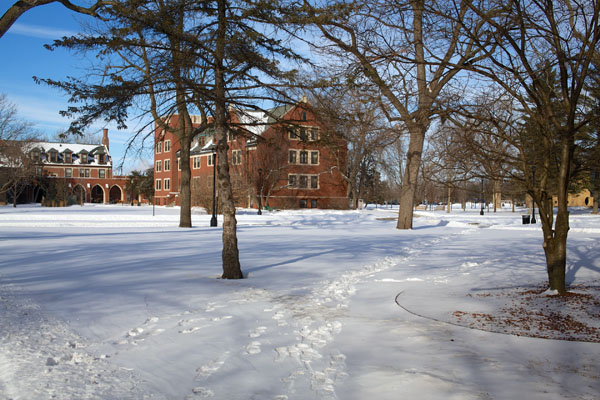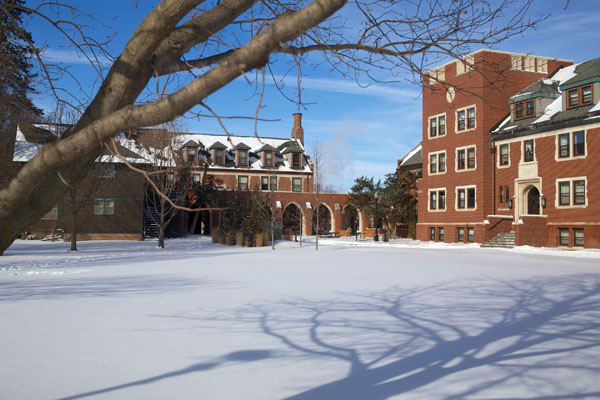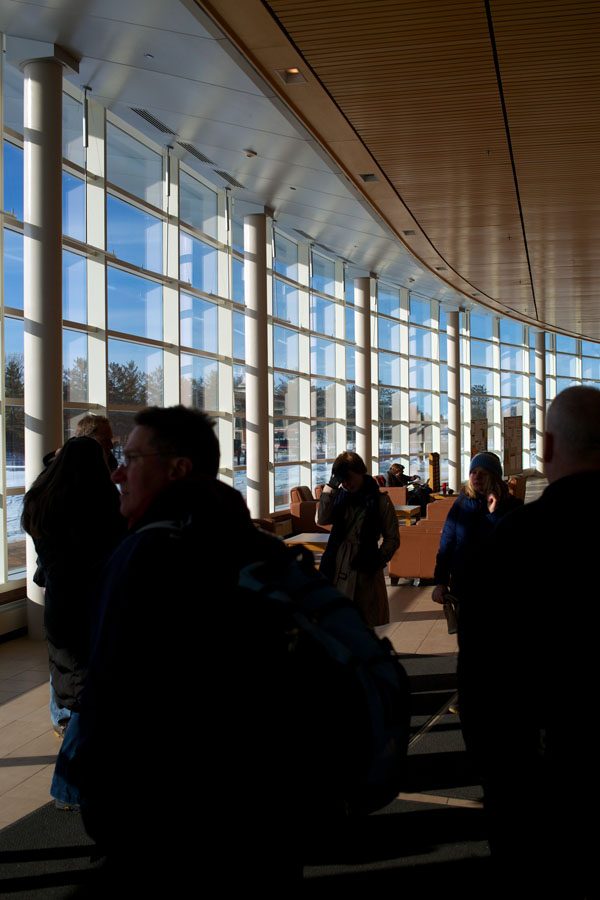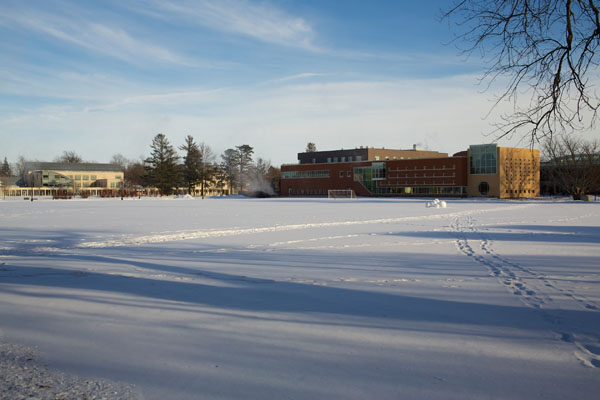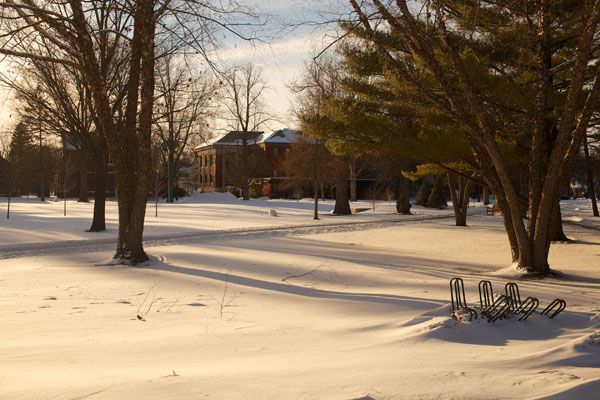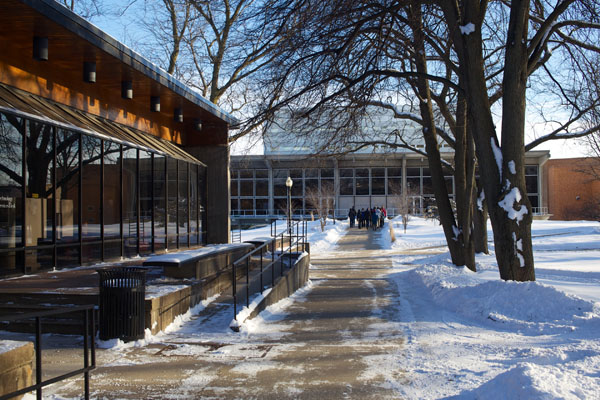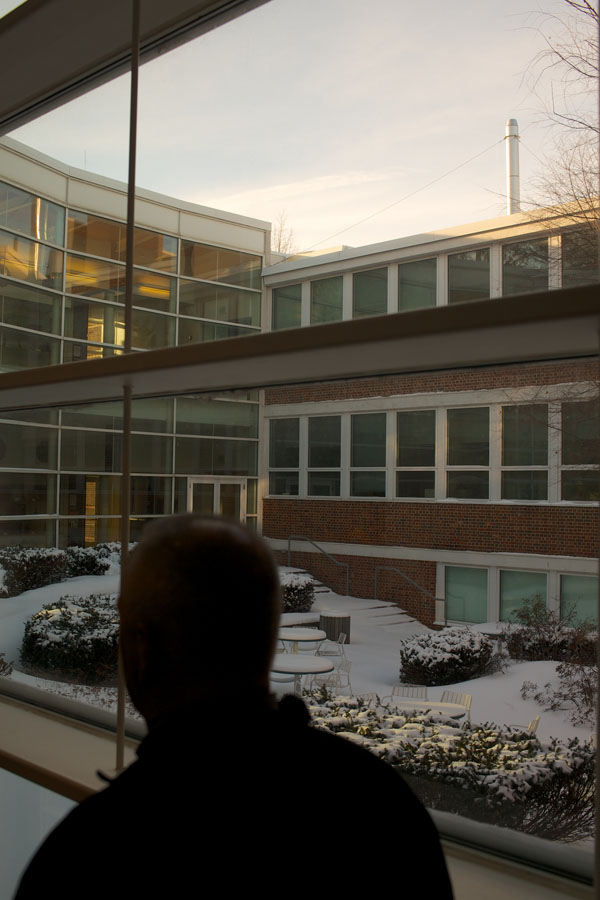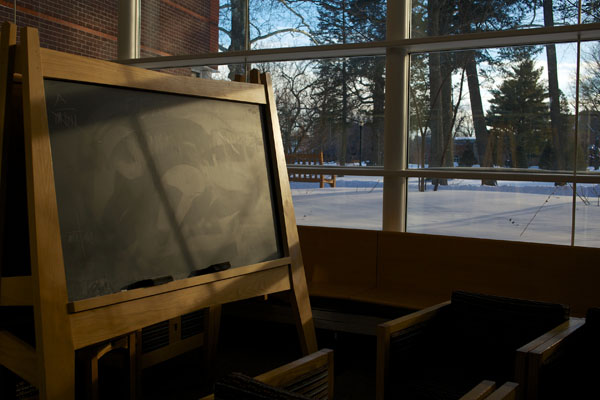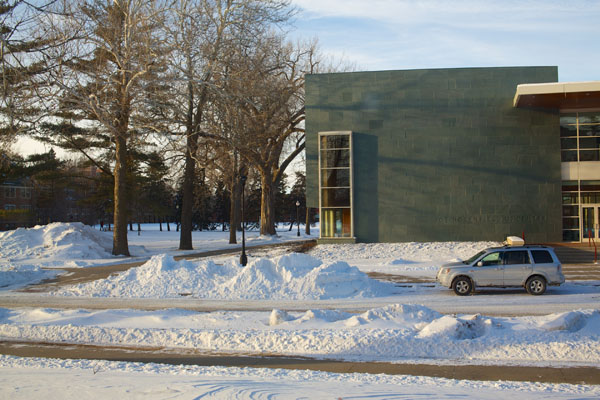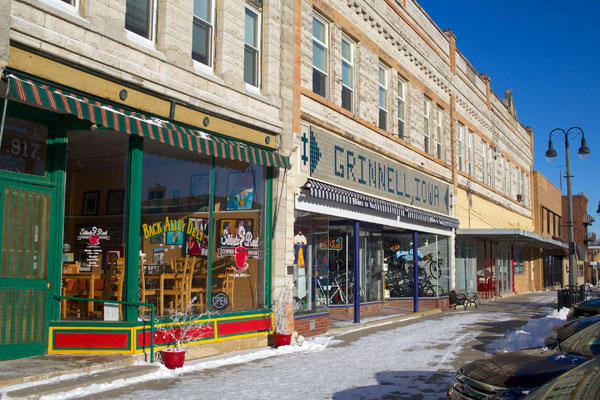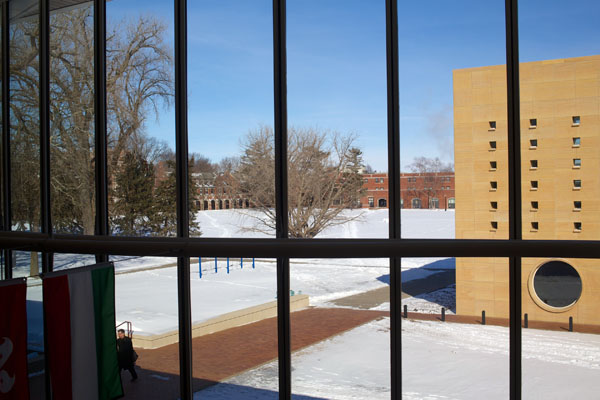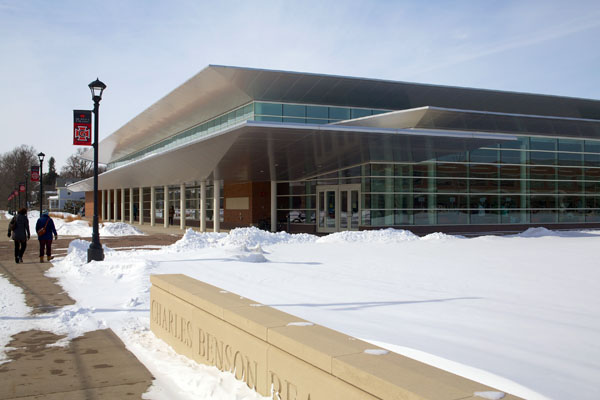I am particularly fond of the late Peter Bernstein’s definition of
risk: “More things can happen than will.”[PB] I like that definition
not because it tells me what to do, but rather because it tells me
what comes with any new expansion of possibilities. Put differently,
it tells me that with the new, the realm of the possible expands
and, as we know, when the realm of the possible expands, prediction
is somewhere between difficult and undoable. The dynamic is that
we now regularly, quickly expand our dependence on new things, and
that added dependence matters because the way in which we each and
severally add risk to our portfolio is by way of dependence on
things for which their very newness makes risk estimation, and thus
risk management, neither predictable nor perhaps even estimable.
The Gordian Knot of such tradeoffs — our tradeoffs — is this: As
society becomes more technologic, even the mundane comes to depend
on distant digital perfection. Our food pipeline contains less
than a week’s supply, just to take one example, and that pipeline
depends on digital services for everything from GPS driven tractors
to robot vegetable sorting machinery to coast-to-coast logistics
to RFID-tagged livestock. Is all the technologic dependency, and
the data that fuels it, making us more resilient or more fragile?
Sorry Banks, Millennials Hate You
When Scratch polled 3,500 millennials to find out which industry was most prime for disruption, the results were clear: Not only did banks make up four of their top 10 most hated brands, but millennials increasingly viewed these financial institutions as irrelevant.
The three-year study from Scratch, an in-house unit of Viacom that consults with brands, found that a third of millennials believed they’ll be able to live a bank-free existence in the future. In the age of Simple, Square, and Bitcoin, these millennials, defined as those born between 1981 and 2000, overwhelmingly believed that the way they access money and pay for things will be completely different in five years.
A Brisk, Sunny Day At Grinnell College
NHS England patient data ‘uploaded to Google servers’, Tory MP says
A prominent Tory MP on the powerful health select committee has questioned how the entire NHS hospital patient database for England was handed over to management consultants who uploaded it to Google servers based outside the UK.
Sarah Wollaston, who is also a family doctor and Conservative backbencher, tweeted: “So HES [hospital episode statistics] data uploaded to ‘google’s immense army of servers’, who consented to that?”
The patient information had been obtained by PA Consulting, which claimed to have secured the “entire start-to-finish HES dataset across all three areas of collection – inpatient, outpatient and A&E”.
The data set was so large it took up 27 DVDs and took a couple of weeks to upload. The management consultants said: “Within two weeks of starting to use the Google tools we were able to produce interactive maps directly from HES queries in seconds.”
How the Medical Establishment Got the Treasury’s Keys
About half a century ago, organized medicine and the hospital industry in this country struck a deal with Congress that in retrospect seems as audacious as it seems incredible: Congress was asked to surrender to these industries the keys to the United States Treasury.
In return, the industries would allow Congress to pass a 1965 amendment to the Social Security Act, described as “an act to provide a hospital insurance program for the aged under the Social Security Act with a supplementary health benefits program and an expanded program of medical assistance, to increase benefits under the Old-Age, Survivors, and Disability Insurance System, to improve the Federal-State public assistance programs, and for other purposes.” We have come to know it as Medicare.
Medicine under the Ottomans
Medicine in the Islamic world can trace its roots back to the Greeks and such famous physicians as Hippocrates, Galen and Discorides. To this was added medicine as practiced in Persia, India and Byzantium. “The result was the creation of an extensive field embracing nearly every branch of the medical sciences, some 14 centuries of history and a vast geographical area stretching from southern Spain to Bengal, for in this particular field nearly all the regions of the Islamic world made some contributions.” (Seyyed Hossein Nasr, “Islamic Science”)
Medicine was generally taught in medreses along with the Qur’an and the shariyah and often the medreses had hospitals attached where practical lessons were taught. Sometimes there were separate medical schools that also had hospitals that included pharmacological studies and surgery.
Global vehicle sales will likely peak in next decade
The world that Henry Ford put on wheels is poised for a stall.
In the globe’s growing megacities, pollution and gridlock are putting a damper on driving. In India, some commuters are leaving their cars at home to avoid traffic snarls and long prowls for parking.
More young Americans are forgoing the dream of auto ownership for public transport, bikes and vehicle-sharing. Cars on the road are lasting longer than ever.
All of that may herald a new era for an auto industry weaned on a century of global growth. The world will reach “peak car” — a point at which annual global sales growth will top out — in the next decade, several auto-industry analysts predict. Researcher IHS Automotive, for one, sees annual sales cresting at 100 million within that time.
Peak car is at odds with the ambitious expansion plans of global automakers, which IHS says are gearing up to produce more than 120 million vehicles by 2016 — almost 50 percent more than last year’s worldwide sales mark of 82 million. The dynamic also threatens the business plans of parts producers, suppliers of raw material and oil companies.
Driving this upheaval is a rapidly emerging reality: The vehicle that ushered in an unparalleled era of personal mobility in the last century is, in many cases, no longer the most convenient conveyance, particularly as more of the world’s population migrates to big cities.
No one is predicting that car sales will suddenly fall off or that today’s car companies are now dinosaurs. What the experts do see is a reckoning for car companies, which may have to adapt to a world with less car-buying and more car-sharing, more cars that drive themselves and fewer hot rodders on the highway.
“The key question is: Do you sell cars or do you sell mobility?” said Tim Ryan, vice chairman of markets and strategy for consultant PricewaterhouseCoopers LLP. “If you ignore these megatrends, you run the risk of becoming irrelevant.”
View the IHS Automotive Study here.
The shocking numbers behind corporate welfare
State and local governments have awarded at least $110 billion in taxpayer subsidies to business, with 3 of every 4 dollars going to fewer than 1,000 big corporations, the most thorough analysis to date of corporate welfare revealed today.
Boeing ranks first, with 137 subsidies totaling $13.2 billion, followed by Alcoa at $5.6 billion, Intel at $3.9 billion, General Motors at $3.5 billion and Ford Motor at $2.5 billion, the new report by the nonprofit research organization Good Jobs First shows.
Dow Chemical had the most subsidies, 410 totaling $1.4 billion, followed by Warren Buffett’s Berkshire-Hathaway holding company, with 310 valued at $1.1 billion.
The figures were compiled from disclosures made by state and local government agencies that subsidize companies in all sorts of ways, including cash giveaways, building and land transfers, tax abatements and steep discounts on electric and water bills.
In fact, the numbers significantly understate the true value of taxpayer subsidies to businesses, for reasons explained below.
How Digital Medicine Will Soon Save Your Life You wake up with chest pain. Your smartphone reads your ECG. If it’s a heart attack, it calls an ambulance and sends your data ahead to the ER.
A sweeping transformation of medicine has begun that will rival in importance the introduction of anesthesia or the discovery of the germ basis of infectious disease. It will change how patients and physicians interact. It will change medical research and therapy. “Sick care”—the current model of waiting for you to get sick and then trying to alleviate symptoms and make you well—will become true “health care,” where prevention is the mantra and driving force. Welcome to the world of digital medicine.
First and foremost, the digitalization of medicine will personalize health care: Treatment will be tailored to each person as a unique individual suffering a unique illness according to his or her genetic makeup. Currently, therapy is based on population statistics. Patients are separated into groups defined in various ways but usually by similar symptoms or by the results of basic lab tests (like cholesterol levels). These groups are then treated with drugs that may help many people, but not all of them, and often only a fraction of them. By incorporating information from an individual’s DNA, the data made available through digitalization will enable clinicians to match individuals with treatments. Only patients who will benefit will get a particular drug.
Impossible Cities
In 1298, the Venetian merchant and explorer Marco Polo found himself in a Genoese prison, having been seized at the helm of a war galley during the Battle of Curzola. There he met the chivalric writer Rustichello of Pisa to whom he related tales of his travels along the Silk Road into Asia in the previous decades. The resulting manuscript The Description of the World or The Travels of Marco Polo became a literary sensation, being reproduced across Medieval Europe. Such were the extravagant claims in this “great book of puzzles”, many were taken to be fabrications and Polo earned the nickname “the Man of a Million Lies”. It was doubted by some that he’d even travelled at all except around his own evidently vast imagination.
The accounts did however contain many genuine discoveries alongside exaggerations, half-truths and myths (‘How the Prayer of the One-Eyed Cobbler Caused the Mountain to Move’ for example) mixed together without differentiation. We can now pour scorn on his claims of desert sirens luring the unwary to their deaths, colossal birds who fed on elephants, idolaters “adept in sorceries and diabolical arts” who could control sandstorms or witnessing Noah’s Ark perched on a mountaintop where the snow never melts. At the time, these were scarcely more unbelievable than his claims of “stones that burn like logs” (coal), paper currency, seeing the highest mountains in the world (the Himalayas) or visiting vast golden cities hung with the finest silks yet we know these now to be fairly accurate descriptions.
The backbone of Polo’s travelogue is made up of his visits to various Oriental cities (Baudas, Samarcan, Caracoron and so on) culminating in the opulent palaces of the Chinese Mongol Emperor Kublai Khan, at whose court he was a guest for 17 years. His recollections of the centres and their populaces range from the mercantile (lists of industries and natural resources) to the fanciful; cities where the inhabitants are perpetually drunk, where men ride around on stags eating birds, where marriages are arranged between ghosts or the great Kaan in his marble palace drinks wine from levitating goblets. Often Polo would add boasts and hyperbole (“no one could imagine finer” is a recurring phrase) and even suggest he was holding back for fear of arousing incredulity in the readers (“I will relate none of this in this book of ours; people would be amazed if they heard it, but it would serve no good purpose”) which only served to further his ridicule. When he was on his deathbed, a priest giving last rites asked Polo if he wished to confess to exaggerating his recollections to which he replied, “I did not reveal half of what I saw because no one would have believed me.” Beyond their narrow confines, the world was more extraordinary than his sceptics were capable of imagining. Raised in the seemingly impossible ‘floating city’ of Venice, a maze of canals and alleys built on stilts in a lagoon, Marco Polo had no such limitations.
